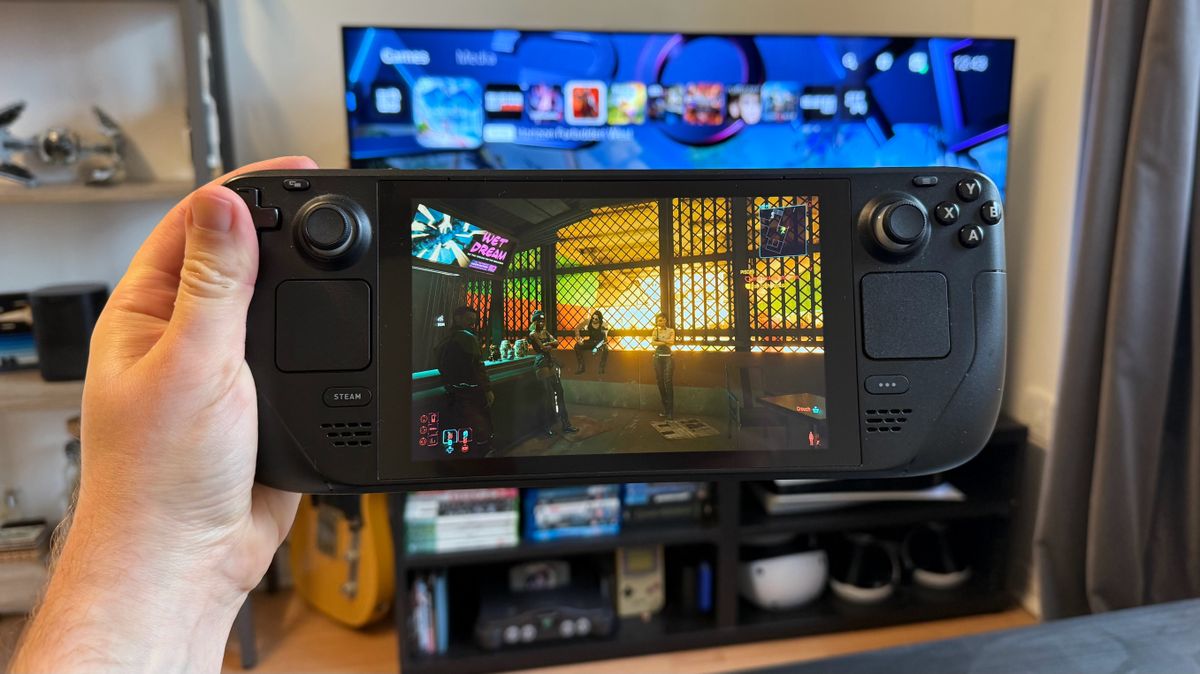Robert Triggs / Android Authority
2024 was a pretty good year for smartphone cameras. Google delivered the compact Pixel 9 Pro with some fantastic results, the Xiaomi 14 Ultra emerged as a Galaxy-beating camera phone, and Apple reinvented the camera button for a modern era.
Despite all these mobile camera advancements, there’s still some scope for improvement. I really hope the Pixel 10 series, Galaxy S25 range, and other major flagship Android phones address these challenges in 2025.
What camera challenges would you like Samsung and Google to address?
11 votes
Capturing subjects in motion
Samsung, in particular, continues to struggle with capturing moving subjects, be it people, pets, or zippy little kids. Colleague Rita El-Khoury found that the S24 Ultra frequently blurred shots compared to the Pixel 8 series due to severe shutter lag. This delay can also ruin shots, as seen in the examples above. Google’s Pixels tend to do a good job of freezing subjects in motion, but there’s always room for improvement.
Several brands have offered dedicated snapshot or sports modes for a while now, while even Samsung’s Camera Assistant app allows users to prioritize speed over image quality. Meanwhile, OPPO has made specific enhancements to the standard photo mode on the Find X8 series — no snapshot mode needed.
In any event, Samsung needs to get its act together in 2025 and make a concerted effort to reduce shutter lag on the Galaxy S25 Ultra.
Low-light video

Low-light photos don’t seem to be a big challenge anymore due to today’s large primary camera sensors and night modes, but low-light video is another matter. Few major smartphone makers offer great low-light video quality, often churning out overly dark clips. Even phones with low-light video modes are able to deliver increased brightness but often offer excess blur in exchange.
Nevertheless, mobile chipmakers MediaTek and Qualcomm have both prioritized improved low-light video in recent years. And today’s large camera sensors are also sucking in more light than ever. So, the pieces are coming together for better footage when the sun goes down.
I’d especially like to see Google tackle this smartphone camera challenge in 2025. Yes, some Pixel phones offer high-quality low-light video via the Video Boost feature, but this is a cloud-based capability that requires an internet connection. Even if you have speedy data, you still have to wait a while for the video to be processed on Google’s servers. So I really want the Pixel 10 series to offer a proper Night Sight Video mode running on-device. Unfortunately, a recent leak suggests this feature might only arrive on the Pixel 11.
General video quality
I’d argue that Samsung is still the best Android phone brand when it comes to video quality, although even Pixel phones deliver good video quality. However, the Android ecosystem at large still lags behind iPhones in this regard.
Android Authority contributor Dhruv Bhutani pitted the iPhone 15 Pro Max against the Pixel 8 series last year (seen above) and called the difference “night and day.” Dhruv specifically praised the iPhone’s brightness, the level of detail in a variety of conditions, and the smoothness. In fact, he felt that “micro jitters” in the Pixel clips ruined the footage.
That’s not to say Android brands don’t offer loads of video-focused features. But I’d really love to see OEMs — particularly major players Samsung and Google — up their game to match or beat Apple in this category.
Editing tools

Ryan Haines / Android Authority
Samsung and Google have delivered some truly fantastic editing tools in recent years, allowing you to make transformative changes to photos and videos after the fact. Both manufacturers (and loads of Chinese brands) offer object erasing, for starters. Google also offers the cool Audio Magic Eraser to eliminate unwanted sounds in videos and Photo Unblur to (shocker) unblur images. Meanwhile, Samsung and a few more brands even offer shadow and reflection removal. How crazy is that?
It would be great if Google, Samsung, and the rest of the Android ecosystem gave us more of these after-the-fact editing tools. Apple’s iPhone 16 series showcases some more great examples, such as the ability to change photo styles after you’ve shot the image and audio remixing after shooting a video. Both of these features would be excellent additions to an Android phone.
I’d also like to see OEM editing tools make better use of RAW formats, as this would allow you to make non-destructive edits to content. Imagine being able to shoot a snap on the OnePlus 13 and then going back to apply the Hasselblad color tuning. Or, you could shoot a vibrant image on the Xiaomi 14 Ultra and return to it months later to grab a monochrome version of the snap — not just the same image with a filter slapped over it.
Zoom Enhance and long-range zoom
We praised the Google Pixel 9 Pro series for its long-range camera zoom capabilities, with colleague Ryan Haines noting that the Pixel 9 Pro XL‘s 10x shots blew him away. However, Ryan also criticized the long-awaited Zoom Enhance feature, which was meant to improve zoomed-in snaps after the fact. The feature seems really hit-and-miss, with the worst-case scenario being a ridiculously over-sharpened shot. A Galaxy S4 filter, if you will.
Samsung also needs to improve the camera zoom tech on its top Android phones. We compared the Galaxy S24 Ultra to the Xiaomi 14 Ultra earlier this year and found that the Xiaomi device delivered significantly better long-range zoom. Check out the comparison above.
So here’s hoping that Google significantly improves Zoom Enhance and that Samsung upgrades its long-range zoom algorithms to deliver more competitive image quality. Because companies like OPPO are also bringing the heat with more advanced smartphone camera zoom tech in 2025.







